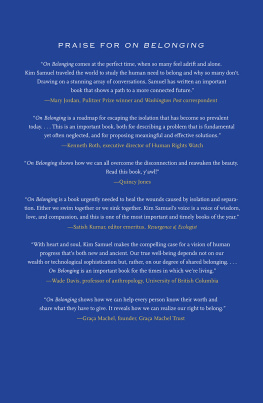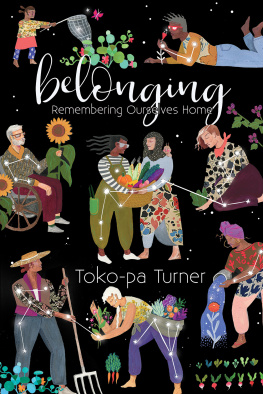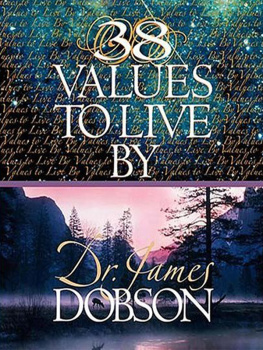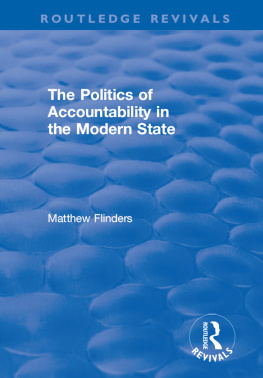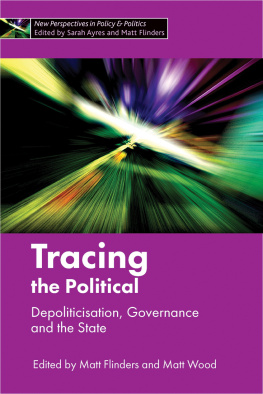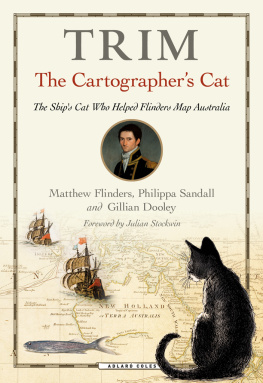Carol L. Flinders - The Values of Belonging: Rediscovering Balance, Mutuality, Intuition, and Wholeness in a Competitive World
Here you can read online Carol L. Flinders - The Values of Belonging: Rediscovering Balance, Mutuality, Intuition, and Wholeness in a Competitive World full text of the book (entire story) in english for free. Download pdf and epub, get meaning, cover and reviews about this ebook. year: 2010, publisher: HarperCollins, genre: Romance novel. Description of the work, (preface) as well as reviews are available. Best literature library LitArk.com created for fans of good reading and offers a wide selection of genres:
Romance novel
Science fiction
Adventure
Detective
Science
History
Home and family
Prose
Art
Politics
Computer
Non-fiction
Religion
Business
Children
Humor
Choose a favorite category and find really read worthwhile books. Enjoy immersion in the world of imagination, feel the emotions of the characters or learn something new for yourself, make an fascinating discovery.

- Book:The Values of Belonging: Rediscovering Balance, Mutuality, Intuition, and Wholeness in a Competitive World
- Author:
- Publisher:HarperCollins
- Genre:
- Year:2010
- Rating:3 / 5
- Favourites:Add to favourites
- Your mark:
The Values of Belonging: Rediscovering Balance, Mutuality, Intuition, and Wholeness in a Competitive World: summary, description and annotation
We offer to read an annotation, description, summary or preface (depends on what the author of the book "The Values of Belonging: Rediscovering Balance, Mutuality, Intuition, and Wholeness in a Competitive World" wrote himself). If you haven't found the necessary information about the book — write in the comments, we will try to find it.
The Values of Belonging breaks new ground by examining human value systems from the perspective of how we live, not our gender. There is a way of being in the world that recoils from aggressiveness, cunning, and greed, writes bestselling author Carol Lee Flinders. This way of being arose out of the relationships our hunter-gatherer ancestors had with the natural world, one another, and Spirit relationships that are most acutely understood in terms of trust, inclusion, and mutual reciprocity. This societys core values, which include intimate connection with the land, empathetic relationship with animals, self-restraint, balance, expressiveness, generosity, egalitarianism, playfulness, and nonviolent conflict resolution, are what Flinders calls the values of Belonging.
But with the Agricultural Revolution, as people took charge of what they could grow and where, the nature of human society changed. Once we could produce enough food to have surpluses, food could be bartered. The concept of ownership took on new meaning; more complex economies evolved, and with them came social and economic inequities. Qualities that had been reviled, such as competitiveness, acquisitiveness, and ambition, became under these new conditions the means to success. God underwent a transformation as well, becoming masculine, supreme, and finally located above and beyond us in the heavens. Flinders observes that these values of Enterprise have played a crucial role in the development of human society, having given us our passion for innovation and exploration of our world. But, whether negative or positive, the values of Enterprise, which became associated with men, overwhelmed the values of Belonging, which were identified with women. This division has impoverished us all.
The values that shaped the hunter-gatherers life reflected the need for connection, while those that fueled the Agricultural Revolution, and the subsequent rise of civilization as we know it, resulted in disconnection from nature, other people, and Spirit. The two value systems could not be more deeply at odds. Because the values of Enterprise have prevailed, the entire world stands in acute and perilous imbalance. And yet there are those who have managed to keep the values of Belonging alive, while successfully negotiating Enterprise culture.
In this fresh look at gender relationships, Flinders moves away from the dichotomy of male as oppressor and female as victim. She sees models for a new balance in the lives of visionaries, artists, and mystics such as the Buddha, Baal Shem Tov, Teresa of Avila, Elizabeth Cady Stanton, John Muir, and Martin Luther King Jr., each of whom mirrors the essence of Belonging values for the world. This thought-provoking book adds an exciting dimension to the debate about Western values and where we are headed.
Carol L. Flinders: author's other books
Who wrote The Values of Belonging: Rediscovering Balance, Mutuality, Intuition, and Wholeness in a Competitive World? Find out the surname, the name of the author of the book and a list of all author's works by series.


